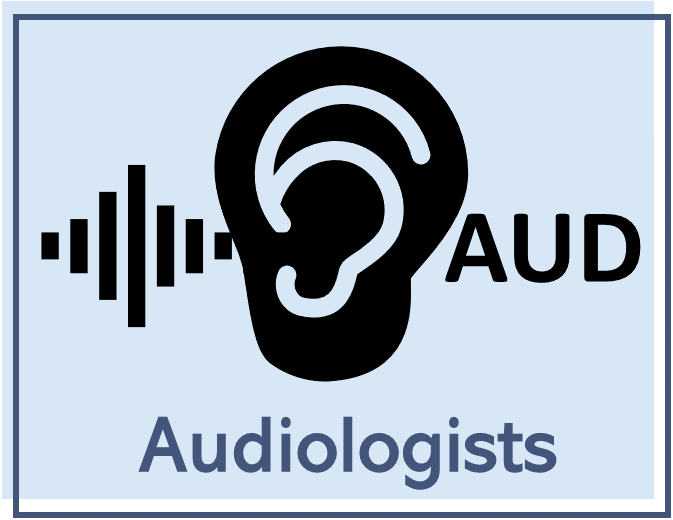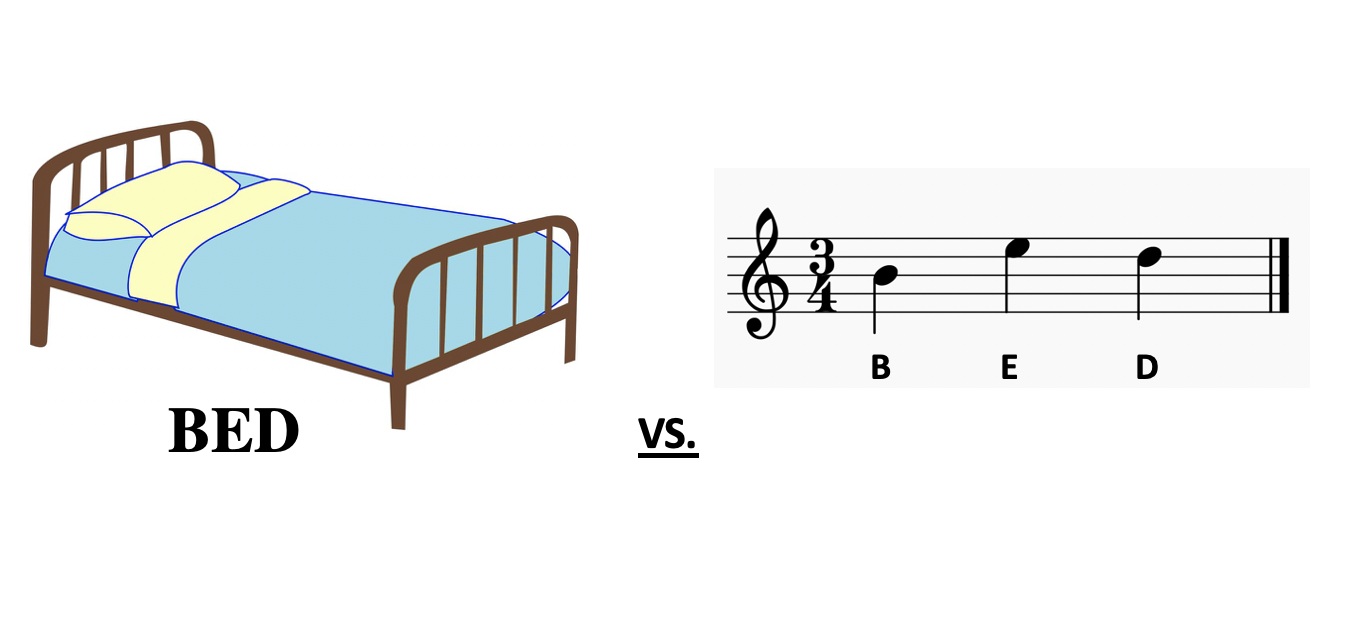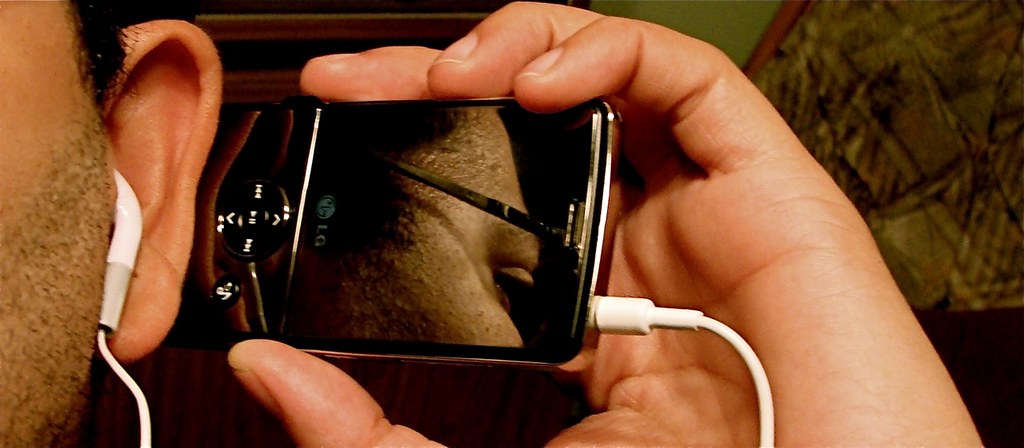See also: Articles on Music, Hearing Loss, and Hearing Devices 
As you read this website, keep in mind the following:
-
People with hearing loss can differ in many ways.
-
Some information may be more applicable.
-
Pick and choose the information most useful for you.
Evaluating Music Perception of Cochlear Implant Users:
Information for Audiologists
1, 2
How does the perception of music compare with speech?
-
Both music and speech are made up of dynamic multifaceted patterns of frequency, duration, spectrum, and amplitude.
-
Speech can be broken down into components such as consonants and vowels, phonemes, and words.
-
These components are connected to form phrases, sentences, and paragraphs.
-
-
Music can be broken down into components of such as pitches, timbres (specific vocal or instrumental tone quality), rhythm.
-
These components together make up melodic, harmonic, and rhythmic patterns;
-
These components are connected to comprise compositions or music improvisations.
-
-
-
Perceptual requirements for speech and music via electric hearing are different.
-
Cochlear implants convey the temporal envelope of the auditory signal; CIs do not convey the fine structure (spectral complexity) of the signal.
-
Speech
-
Segmental speech components can be perceived fairly accurately from the temporal envelope.
-
Suprasegmental features of speech (such as emotional or lexical prosody) require a more fine structure.
-
-
Music
-
The rhythm of music can be perceived effectively through the temporal envelope.
-
Pitch and timbre perception in music requires greater fine structure.
-
-
How does testing of music compare with testing of speech?
-
Both music and speech are complex forms of communication; no single test can capture all aspects of either speech or music.
-
Music and speech testing should assess the perception of isolated structural components as well as a larger unit of connected music or speech.
-
Perception of isolated units of sound does not fully predict accuracy on connected real-world listening tasks.
-
-
Testing should include a variety of response tasks:
-
detection, discrimination, identification, comprehension
-
open set vs. closed set
-
with or without non-auditory cues (visual, tactile, context)
-
-
Music testing may include tests of appraisal (appreciation, enjoyment) as well as perceptual accuracy.
-
Perceptual accuracy is not highly correlated with music appreciation/enjoyment (Gfeller et al., 2008).
-
Because people listen to music for pleasure, sound quality is a key concern for music perception.
-
-
Both speech and music occur within the cultures of CI users, therefore testing needs to take into account the cultural and experiential background of those being tested.
-
Music known to CI users from one country (e.g., the United States) may not be familiar to CI users from other countries (e.g., Korea).
-
-
Some tests are more relevant to evaluating the technical features of the internal array or signal processing.
-
Some tests are more relevant to evaluating the functional benefit of CIs for real-world musical or spoken communication.
-
-
-
Important differences in speech and music that affect testing:
-
Words are made up of a letter or groups of letters that have specific meanings; musical notes do not.
-
For example, CI users could listen to the word, 'bed' and repeat the word or provide a definition. Most CI users or normal-hearing listeners would be unable to name the notes, 'B E D' even if they can perceive the pitches accurately.
-
Many CI users would be unable to relate the sound of the notes to notation. Musical notes are self-referring---they do not refer to an object or idea.
-
-

-
Most adults have learned to read written language as part of their basic education; literacy for musical notation is not evenly distributed.
-
Not all CI users would be able to listen to music and relate the sounds to musical notation.
-
-
Words are combined into phrases, sentences, paragraphs to convey specific thoughts, beliefs, feelings; music does not express specific concepts, but is associated with communicating emotions and aesthetic beauty and enjoyment.
-
The extent to which a musical sound is pleasant is an important aspect of music perception.
-
Different people find different kinds of music enjoyable.
-
Perceptual accuracy does not guarantee enjoyment; a person may perceive music very accurately but still find the sound unpleasant. (Wright & Uchanski, 2012)
-
Some CI users have a poor perception of pitch and timbre, yet they still enjoy listening to music.
-
-
Spoken words have more limited frequencies, spectral characteristics, and dynamics than music.
-
Speech is usually organized around one person talking at a time. Music is often made up of multiple notes playing at the same time, sometimes by many different instruments or voices.
-
Cochlear implants have been designed to convey those features of speech most salient to understanding. Pitch and timbre, two key features of music, are not accurately represented by signal processing.



Evaluation of Music Listening includes 1) perceptual accuracy and 2) appraisal.
Perceptual accuracy: Compares CI users with normal hearing listeners on different structural components of music. Examples of outcomes include:
-
Perception of isolated components (pitch, duration, timbre, dynamics)
-
Discrimination: are two sounds or patterns of notes (pitch, rhythm, timbre, dynamics) the same or different?
-
Is one pitch higher or lower than another?
-
Do note patterns (melodic contours) go higher, lower, or stay the same?
-
Can you recognize what musical instrument you are hearing (e.g., a piano or violin?)
-
Can you tell the difference between a male and a female singer?
-
Can you recognize different types of musical ensembles?
-
-
Perception of connected or real-world musical excerpts
-
Can you recognize a familiar song (e.g., "Happy Birthday," "Hound Dog")
-
Rating of the complexity of the musical segment
-
Can you repeat the lyrics in a song? [with or without accompaniment]
-
Appraisal: How pleasant or natural music sounds through a CI compared with normal hearing.
-
This is not the same as musical taste or preference (e.g., what style of music is preferred). The appraisal may be of isolated musical features (e.g., single notes from different instruments) or connected or real-world musical excerpts.
-
How natural does the music sound? Assigning numbers (ratings)
-
Bi-polar adjectives of sound quality (e.g., thin-full; rough-smooth; natural-unnatural).
-
Multidimensional scaling
-
How pleasant (Likert scales, rating scales)
-
How much time do you listen to music after the CI?
What to look for in a music test:
-
The tasks are appropriate for the age of the individual.
-
The tasks are appropriate for the onset of hearing loss and age at implantation.
-
The characteristics and results of the test appear in articles in reliable journals.
-
The tests discriminate among CI users on accuracy and/or enjoyment.
-
The tests discriminate between CI users and listeners with normal hearing.
-
The test is valid in measuring particular research or clinical construct.
Many references at the end of this webpage describe tests used in experiments, as measures of music training efficacy, or published tests for various aspects of music perception and appraisal. This list is not comprehensive, nor is it an endorsement of any particular tests.
Click the pdf file to view summaries about articles and tests of music perception and appraisal for CI users.
References
Brockmeier, S. J., Fitzgerald, D., Searle, O., Fitzgerald, H., Grasmeder, M., Hilbig, S., Vermiere, K., Peterreins, M., Heydner, S., & Arnold, W. (2011). The MuSIC perception test: A novel battery for testing music perception of cochlear implant users. Cochlear Implants International, 12(1), 10–20.
Brockmeier, S. J., Peterreins, M., Lorens, A., Vermeire, K., Helbig, S., Anderson, I., Skarzynski, H., Van de Heyning, P., Gstoettner, W., & Kiefer, J. (2010). Music perception in electric acoustic stimulation users as assessed by the Mu.S.I.C. test. Advances in Oto-rhino-laryngology, 67, 70–80.
Cheng, M.-Y., Spitzer, J. B., Shafiro, V., Sheft, S., & Mancuso, D. (2013). Reliability measure of a clinical test: Appreciation of music in cochlear implantees (AMCI). Journal of the American Academy of Audiology, 24(10), 969–979.
Cooper, W. B., Tobey, E., & Loizou, P. C. (2008). Music perception by cochlear implant and normal hearing listeners as measured by the Montreal battery for evaluation of amusia. Ear and Hearing, 29(4), 618–626.
Galvin, J. J., Fu, Q.-J., & Nogaki, G. (2007). Melodic contour identification by cochlear implant listeners. Ear and Hearing, 28(3), 302–319.
Galvin, J. J., Fu, Q.-J., & Shannon, R. V. (2009). Melodic contour identification and music perception by cochlear implant users. Annals of the New York Academy of Sciences, 1169(1), 518–533.
Gfeller, K., Jiang, D., Oleson, J. J., Driscoll, V., & Knutson, J. F. (2010). Temporal stability of music perception and appraisal scores of adult cochlear implant recipients. Journal of the American Academy of Audiology, 21(1), 28–34.
Gfeller, K., Jiang, D., Oleson, J. J., Driscoll, V., Olszewski, C., Knutson, J. F., Turner, C., & Gantz, B. (2012). The effects of musical and linguistic components in recognition of real-world musical excerpts by cochlear implant recipients and normal-hearing adults. Journal of Music Therapy, 49(1), 68–101.
Gfeller, K., Oleson, J., Knutson, J. F., Breheny, P., Driscoll, V., & Olszewski, C. (2008). Multivariate predictors of music perception and appraisal by adult cochlear implant users. Journal of the American Academy of Audiology, 19(2), 120–134.
Gfeller, K., Olszewski, C., Rychener, M., Sena, K., Knutson, J. F., Witt, S., & Macpherson, B. (2005). Recognition of “real-world” musical excerpts by cochlear implant recipients and normal-hearing adults. Ear and Hearing, 26(3), 237–250.
Gfeller, K., Turner, C., Oleson, J., Zhang, X., Gantz, B., Froman, R., & Olszewski, C. (2007). Accuracy of cochlear implant recipients on pitch perception, melody recognition, and speech reception in noise. Ear and Hearing, 28(3), 412–423.
Gfeller, K., Turner, C., Woodworth, G., Mehr, M., Fearn, R., Witt, S., & Stordahl, J. (2002). Recognition of familiar melodies by adult cochlear implant recipients and normal-hearing adults. Cochlear Implants International, 3, 31–55.
Gosselin, N., Peretz, I., Johnsen, E., & Adolphs, R. (2007). Amygdala damage impairs emotion recognition from music. Neuropsychologia, 45(2), 236–244.
Kang, R., Nimmons, G. L., Drennan, W., Longnion, J., Ruffin, C., Nie, K., Won, J. H., Worman, T., Yueh, B., & Rubinstein, J. (2009). Development and validation of the University of Washington clinical assessment of music perception test. Ear and Hearing, 30(4), 411–418.
Looi, V., Gfeller, K, & Driscoll, (2012). Music appreciation and training for cochlear implant recipients: A review. Seminars in Hearing, 33(4), 307-334.
Looi, V., Winter, P., Anderson, I., & Sucher, C. (2011). A music quality rating test battery for cochlear implant users to compare the FSP and HDCIS strategies for music appreciation. International Journal of Audiology, 50(8), 503–518.
Macherey, O., & Delpierre, A. (2013). Perception of musical timbre by cochlear implant listeners: A multidimensional scaling study. Ear and Hearing, 34(4), 426–436.
Nimmons, G. L., Kang, R. S., Drennan, W. R., Longnion, J., Ruffin, C., Worman, T., Yueh, B., & Rubinstein, J. T. (2008). Clinical assessment of music perception in cochlear implant listeners. Otology & Neurotology, 29(2), 149–155.
Paquette, S., Ahmed, G. D., Goffi-Gomez, M. V., Hoshino, A. C. H., Peretz, I., & Lehmann, A. (2018). Musical and vocal emotion perception for cochlear implants users. Hearing Research, 370, 272–282.
Riley, P. E., Ruhl, D. S., Camacho, M., & Tolisano, A. M. (2018). Music appreciation after cochlear implantation in adult patients: A systematic review. Otolaryngology-Head and Neck Surgery, 158(6), 1002–1010.
Roy, A. T., Jiradejvong, P., Carver, C., & Limb, C. J. (2012). Assessment of sound quality perception in cochlear implant users during music listening. Otology & Neurotology, 33(3), 319–327.
Spitzer, J. B., Mancuso, D., & Cheng, M.-Y. (2008). Development of a clinical test of musical perception: Appreciation of music in cochlear implantees (AMICI). Journal of the American Academy of Audiology, 19(1), 56–81.
Uys, M., & Van Dijk, C. (2011). Development of a music perception test for adult hearing-aid users. South African Journal of Communication Disorders, 58(1), 19–47.
Won, J. H., Drennan, W. R., Kang, R. S., & Rubinstein, J. T. (2010). Psychoacoustic abilities associated with music perception in cochlear implant users. Ear and Hearing, 31(6), 796–805.
Wright, R., & Uchanski, R. M. (2012). Music perception and appraisal: Cochlear implant users and simulated cochlear implant listening. Journal of the American Academy of Audiology, 23(5), 350–365.
Click here to review references used in preparation of this website.
1. All images on this website are used under Creative Commons or other licenses or have been created by the website developers.
2. Click here to access the sources of images on this page.
